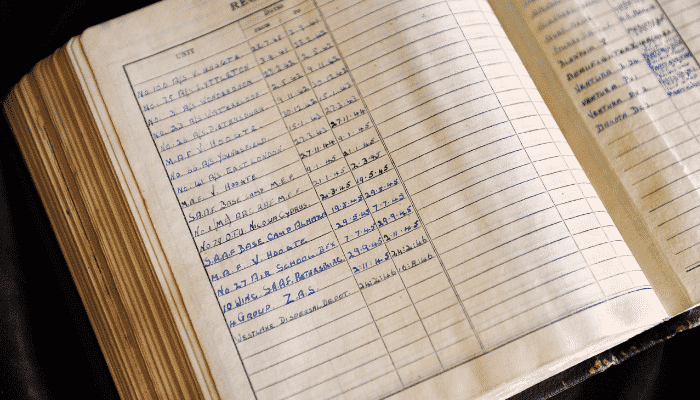

Being a deck officer of a ship involves myriad responsibilities that are spread across the different aspects of the vessel’s operation. It is a challenging job wherein the responsible person has to ensure that the ship is navigating safely on the correct path and complying with all the navigational rules i.e. Rules of the Road (ROR). Not only is the safe navigation the prime responsibility but it’s documentation also holds equal importance to lend credibility as well as accountability to the task being executed.
It can be said that as far as the navigation of the ship is concerned, the safety of the ship’s staff is solely in the hands of navigating deck officer (also termed the Officer Of The Watch) and the assistance rendered in carrying out his duties by another crew member on the bridge. An agile watch by these people ensures that the ship is never in an emergency situation such as collision, grounding etc. that exposes the vessel to damage and liabilities.
Utmost safety can be ensured by following the rules and regulations of the sea, company checklist and last but not the least, filling out the bridge logbook which keeps the record of the situations tackled by the ship while at sea.


Accountability for shipboard operations are of umpteen importance; in that, the tasks that are carried out as well as the existing conditions they are carried out under have to be recorded in order to have a formal/official document supporting the efficiency and reasoning behind the job that has been undertaken. In case of an unfortunate incident, it is this record that lends credibility to insurance claims and thereby ensures that the competency of the officer recording the incident can be measured and a judgment reached accordingly.
Related Read: 8 Important Points For Efficiently Taking Over a Bridge Navigational Watch
It is for this reason that pretty much every task for every department has to have to have some record in some log book. The Deck Log Book, therefore, is a prime piece of document that has in its record all actions that are undertaken in the bridge.
The logbook used to record various data, scenario, and situations (including emergency situation and action) which are later used for reference, case study and for marine insurance purpose in case of damage to the ship or loss of ship’s property should be properly filled without any errors.
Related Read: Voyage Data Recorder (VDR) on a Ship Explained
It is because of this that one must be entirely sure of the entry that is to be made in the deck log book before making such an entry. Supplementary logs are thereby kept in a place which requires data to be recorded prior to making an official entry into the logbook. For example, the position is entered along with the heading, speed etc in the chart/position logbook which is then used to make an official entry into the bridge logbook towards the end of the watch.
Following are the entries which must be filled up by the Deck officer during his/her watch:
Related Read: What Seafarers Should Do After The Vessel Receives Storm Warning?
Related Read: A Seafarer’s Role in Collecting Evidence During Maritime Accidents
Related Read: 23 Points Guide For Merchant Ships To Rescue Migrants At Sea
Related Read: A Detailed Explanation of How a Ship is Manoeuvered to a Port
Also, any other entries as required by master, company, and administration should also be recorded in the logbook without fail.
Related Read: What are Master’s Standing and Night Orders?
Additionally,
Remember that the logbook entry carries the OOW’s signature which means that the OOW is responsible for all that is recorded by him which is a mark of his competency and accuracy of the data that is entered. The above list of data to be entered is only indicative and more detailed information pertaining to the Bridge Log Book can be read at here.
Disclaimer: The authors’ views expressed in this article do not necessarily reflect the views of The Marine Learners. Data and charts, if used, in the article have been sourced from available information and have not been authenticated by any statutory authority. The author and The Marine Learners do not claim it to be accurate nor accept any responsibility for the same. The views constitute only the opinions and do not constitute any guidelines or recommendation on any course of action to be followed by the reader.
The article or images cannot be reproduced, copied, shared or used in any form without the permission of the author and The Marine Learners.










We believe that knowledge is power, and we’re committed to empowering our readers with the information and resources they need to succeed in the merchant navy industry.
Whether you’re looking for advice on career planning, news and analysis, or just want to connect with other aspiring merchant navy applicants, The Marine Learners is the place to be.